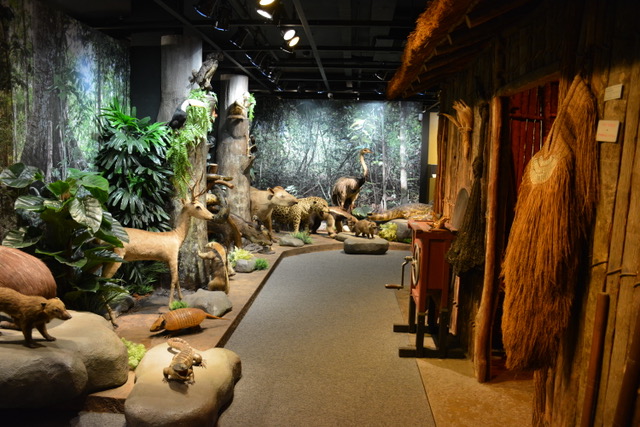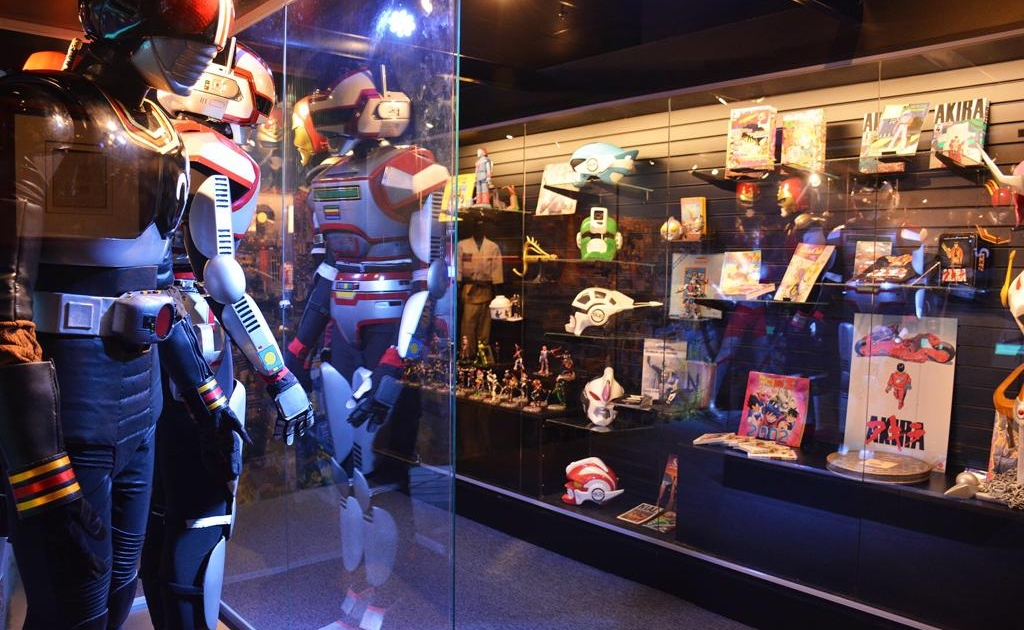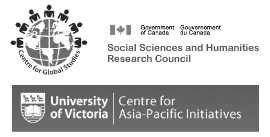Meet our Partners – Japanese Immigration Museum, São Paulo


Lidia Yamashita is a woman with a long memory and a mission tied to the destiny of her Nikkei (Japanese descent) community. Beginning in 1908, a privately-run immigration program in consultation with the Japanese government brought hundreds of would-be settlers to the State of São Paulo, largely to work as farmers on coffee plantations. Since then, the Brazilian Nikkei community has blossomed to become the largest in the world. That much, many Brazilians know. But Yamashita and her colleagues hope to forge a far deeper awareness than that of mere trivia.
Since 2007, Yamashita has served as Vice-President of the Administrative Commission of the Museum of Japanese Immigration to Brazil, itself maintained by the BUNKYO (Brazilian Society for Japanese Culture) since 1978. The institution is cutting edge by many standards, from its funding and collaboration models to its presentation of a stunning variety of material culture. To walk through its doors (either physically in São Paulo or else digitally via the internet) is to be overwhelmed by a cavalcade of cultural treasures. From Japanese swords, to teapots, medals, coins, gardening tools, photographs, anime merchandise, and even a 1:1 recreation of a plantation family dwelling, the presentation is as impressive as the materials themselves. All told, the museum boasts over 100,000 artifacts, most of which were donated by Brazilian Nikkei from across the country starting in the late ‘70s. Unlike most museums, where the bulk of the collection goes unappreciated when not displayed, a massive digitization effort is ensuring that every object is viewable in a state-of-the-art online database. All this work was initially guided by a former director of the Japanese National Museum of Ethnology and was sponsored by donations from some of the most recognizable names in Japanese industry and business. In addition, Yamashita credits Brazil’s Cultural Incentive Law, which has encouraged many national businesses to support the museum’s work in exchange for tax credit and recognition. In recent years, the museum has also begun extending some of this generosity to smaller partners, to share data and access to artifacts from regional museums and to collaborate on travelling exhibitions. Attracting thousands of annual visitors the world over, the museum certainly doesn’t lack for appreciation, resources or success by any conventional metric.
And yet, the true goal of the Museum of Japanese Immigration has always been local and communal. Said Yamashita, “As we understand it, the main mission is to preserve the history of the immigrants, our ancestors, fathers and grandfathers, and also to convey this to the younger generations, meaning our children and grandchildren, and also Brazilians in general.” In this sense, she tells me, success is not certain: “The most part of the visitors are Brazilians, they are not Nikkei people, they have no ancestry related to Japan. Very few Nikkei people come to our museum, and this is the major audience that [we have]. And this makes me sad, because I tell my children that, ‘you have to take your children to get to know the museum.’” She explains that young Nikkei rarely see themselves as anything other than ‘fully Brazilian,’ and that engagement with Japanese heritage is uncommon. “This link with Japan here in Brazil is something that is vanishing and vanishing fast.”
Despite this danger of cultural memory slipping away, the work of the museum has never been more collaborative, both within Brazil and without. Not least of these links is the institution’s role as a Co-Creative Partner with the Past Wrongs, Future Choices project, about which Yamashita expresses much excitement.
“With [PWFC], we will be able to understand what happened with the Japanese immigrants across the world. [It] is something very interesting, because it is unknown. We do not know what happened in Australia or what happened exactly in Canada. We know that there were some internments in the U.S., but we haven’t heard or don’t know exactly what happened in other places. Broadly speaking, we can also see what happens to people when they go to other countries and try to integrate into the local society. And sometimes, we see situations that are conflicting, in terms of ethnic groups, or because of the war issues, or [economics]. How can we prevent this from happening again? […] I feel that this project is very important, because even today, especially in Brazil and also in Canada, you still receive a lot of immigrants. With [PWFC], we can understand how we can help immigrants integrate into the local society.”
This article was written by Aaron Stefik, from an interview with museum President of Administration Lidia Yamashita, with live translation from Portuguese provided by Marisa Shirasuna.
Photos courtesy of the Japanese Immigration Museum.

 Instagram
Instagram